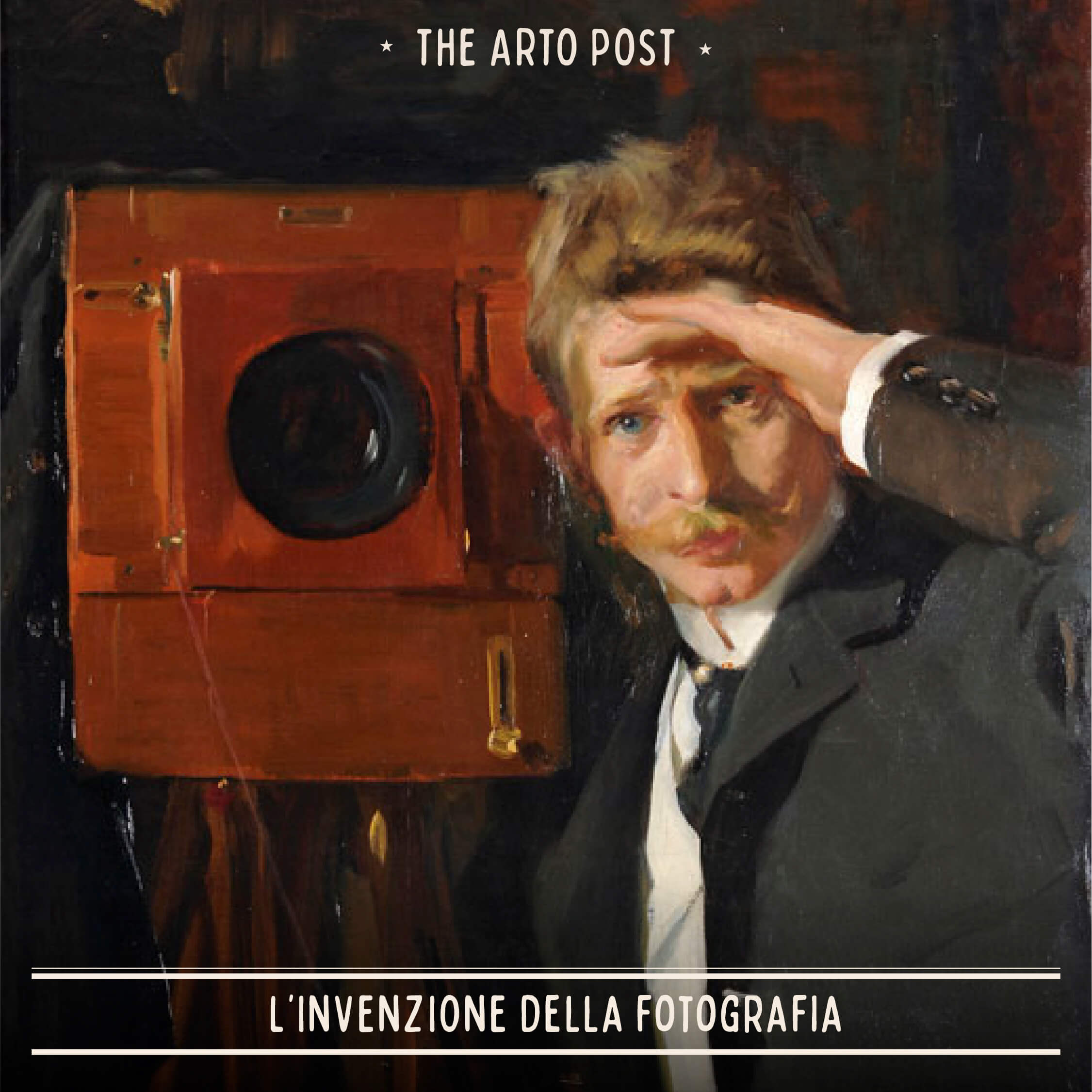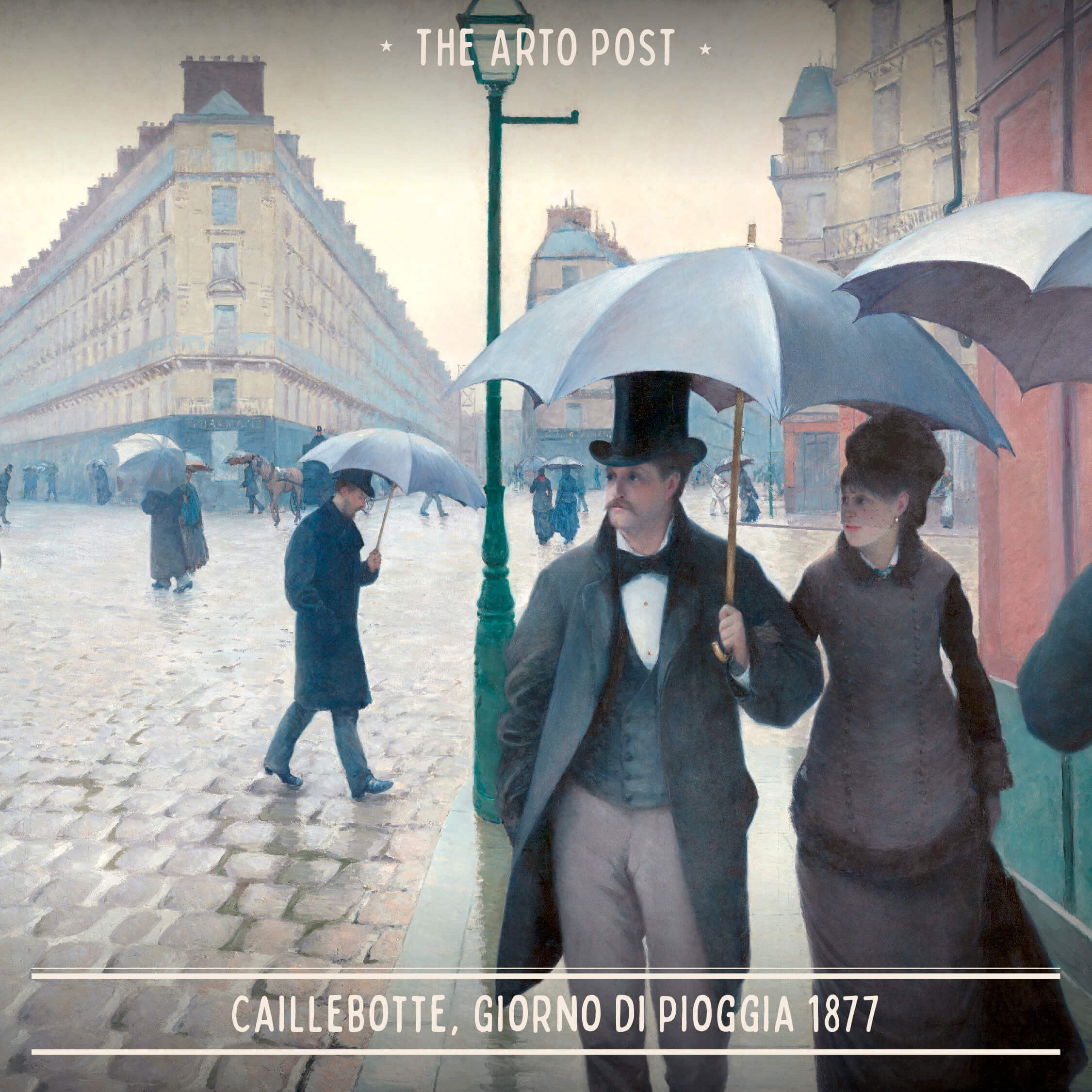The invention of photography

From the very beginning, photography showed its great potential; used in all fields, it forever changed the way we look at images and the way people perceived reality. In a short time, a dispute arose between photography and painting; could a picture taken with a camera be considered art? And could this new technology replace the creativity of the painter?
The word “photography” literally means “drawing with light,” and while it’s true that the camera obscura was invented and used by artists as early as the 17th century, we have to wait until 1826 for the first photograph as we understand it today, or almost.
We’re in Paris and Niépce, a scientist and scholar, manages to take the first photograph using a sheet of tin covered with bitumen and fixed on a support: after 8 hours of exposure to light, the image of the courtyard of his house appeared on the sheet of tin.
Niépce immediately realized the importance of this invention, but he also knew that it needed to be improved. So he began to collaborate with Daguerre and in 1939 the daguerreotype was born, which made it possible to obtain an image in a much shorter time.
In 1840, the Hungarian mathematician Josef Petzval created the first mathematically calculated lens, and in 1847, Niépce’s nephew produced the first negatives on glass using egg white and silver halide, reducing the exposure time to 10 minutes.
Within a decade or so, photography had grown in popularity and was being used for everything from portraits to war reporting.
Photography was a true revolution that could not be stopped.
In 1861, James Clerk Maxwell took the first color photograph in history by superimposing red, green, and blue filters; in 1878, English photographer Eadweard Muybridge used 24 cameras to take the first motion picture of a horse race.
The history of photography had just begun and would forever change the way we see, tell and understand reality.
Fifty years ago, Niépce could not have imagined what his experiment would lead to; after him, like a domino effect, people all over the world were working to improve this special tool that we now carry around with us in our smartphones.

This and other interesting facts can be found in the Art and Science album.
Explore the Art and Science album!